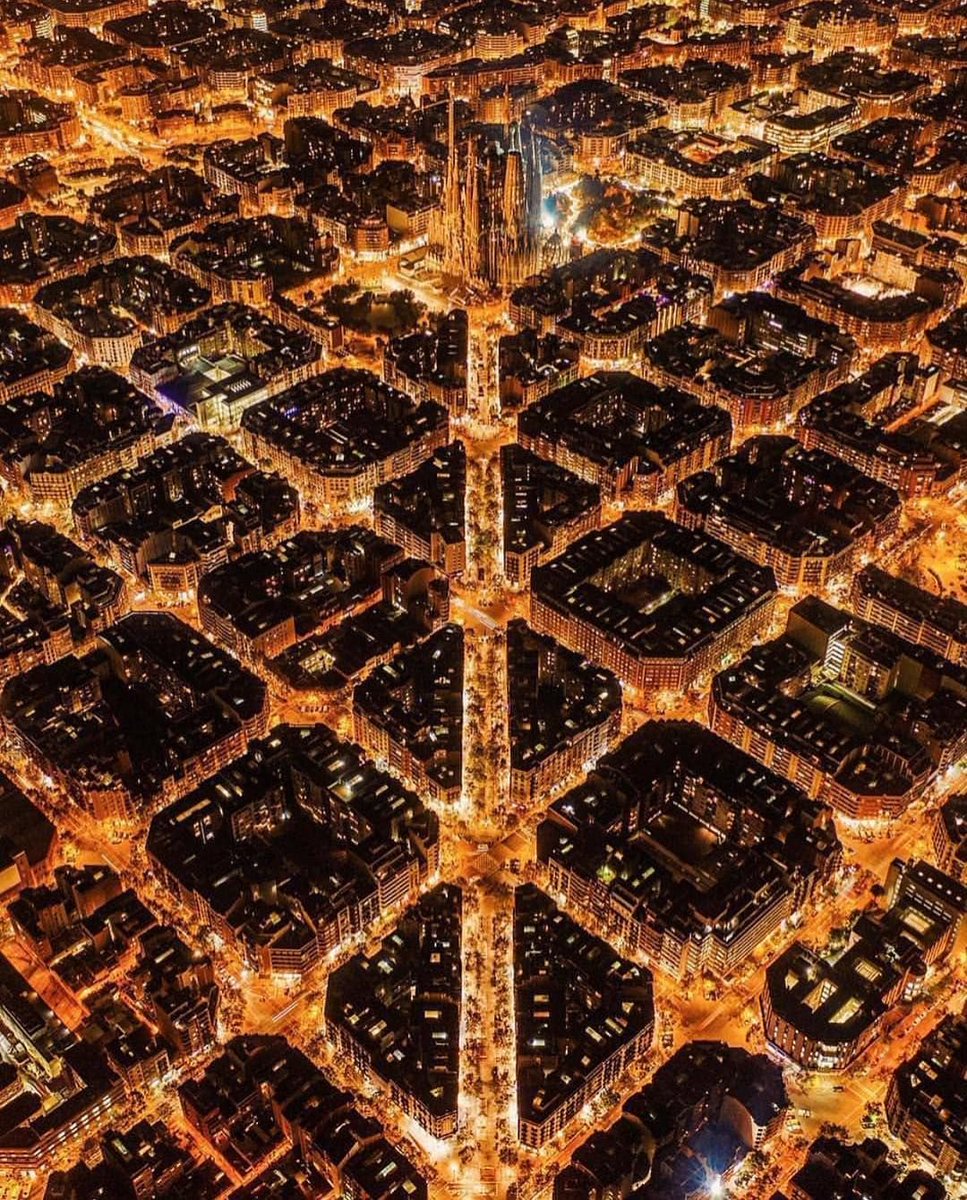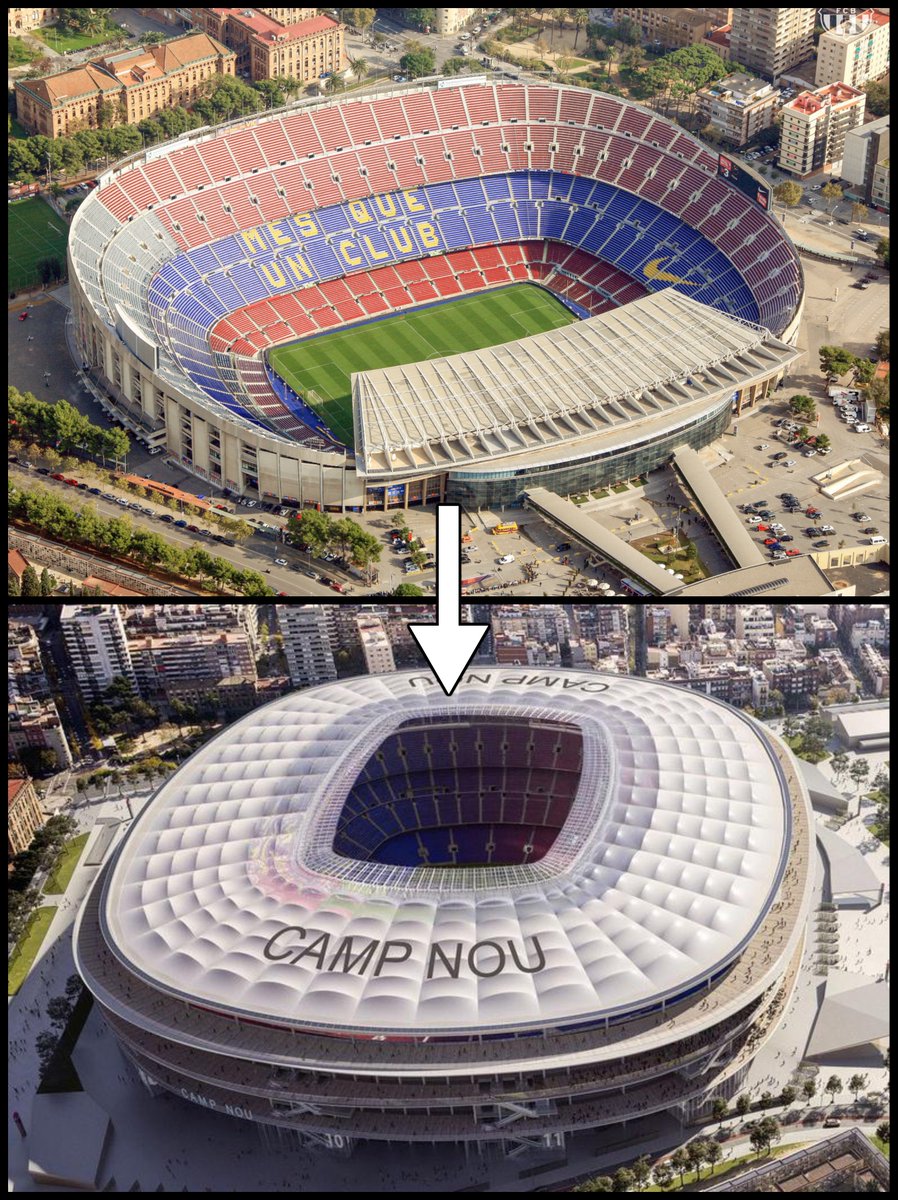You might not have seen it before, but this is the world's 4th tallest building.
It's the Makkah Clock Royal Tower, built ten years ago in Mecca, Saudi Arabia.
And it's not the only megastructure you probably haven't heard of...
It's the Makkah Clock Royal Tower, built ten years ago in Mecca, Saudi Arabia.
And it's not the only megastructure you probably haven't heard of...
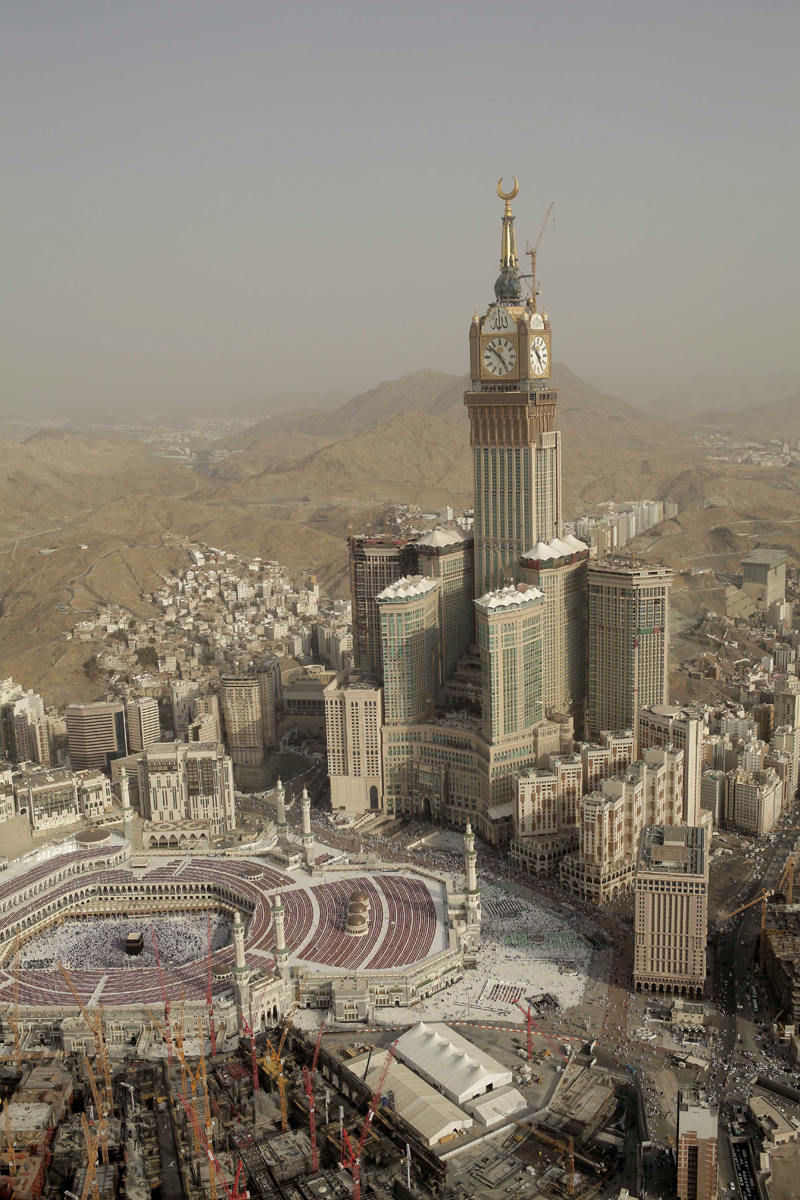
The Makkah Clock Royal Tower is the tallest of a complex of seven buildings called the Clock Towers.
It was built on the site of an old Ottoman fortress right next to the Masjid al-Haram, to provide hotels and other services for pilgrims travelling to Mecca for Hajj.
It was built on the site of an old Ottoman fortress right next to the Masjid al-Haram, to provide hotels and other services for pilgrims travelling to Mecca for Hajj.

And it's hard to grasp just how big the Makkah Clock Royal Tower is.
The clockface alone is over forty metres across, which is nearly half as tall as the whole of London's Big Ben.
The clockface alone is over forty metres across, which is nearly half as tall as the whole of London's Big Ben.

Then again, it's hard anyway to grasp just how much bigger our world has become in the last century.
Since the Burj Khalifa we have been paying less attention to how many supertall buildings there are.
Like Merdeka 118 in Kuala Lumpur, the world's second tallest building:
Since the Burj Khalifa we have been paying less attention to how many supertall buildings there are.
Like Merdeka 118 in Kuala Lumpur, the world's second tallest building:

Regardless of what we think about architectural style or even why these things are being built, it is impressive just how far humanity has come.
Marvels of engineering are everywhere.
The Ekibastuz GRES-2 Power Station in Kazakhstan has a chimney more than 400 metres tall.
Marvels of engineering are everywhere.
The Ekibastuz GRES-2 Power Station in Kazakhstan has a chimney more than 400 metres tall.

Even our statues have become megastructures.
The Statue of Unity in India, completed in 2018, is more than 180 metres tall.
That's taller than any human structure in history built before the Eiffel Tower, which was the first to be more than both 200 and 300 metres tall.
The Statue of Unity in India, completed in 2018, is more than 180 metres tall.
That's taller than any human structure in history built before the Eiffel Tower, which was the first to be more than both 200 and 300 metres tall.

Just look at Tokyo, the largest city on earth.
It is inconceivably vast, and in a way it represents the rapid construction boom that has defined the last few decades of human history.
Population growth has been exponential... and so has our rate of building big things.
It is inconceivably vast, and in a way it represents the rapid construction boom that has defined the last few decades of human history.
Population growth has been exponential... and so has our rate of building big things.

We are still a long way from being like Coruscant, the planet in Star Wars where the entire surface is covered in urban landscape — just 2% of our world's land surface is occupied by cities.
But, even so, what has been going on for the last century is unprecedented...
But, even so, what has been going on for the last century is unprecedented...

We accept it as normal because it is all we have ever known — but a person from the 19th century would hardly recognise the world today.
Consider how St Paul's, which once dominated London's skyline, is now puny when compared to the skyscrapers that have risen around it.


Consider how St Paul's, which once dominated London's skyline, is now puny when compared to the skyscrapers that have risen around it.

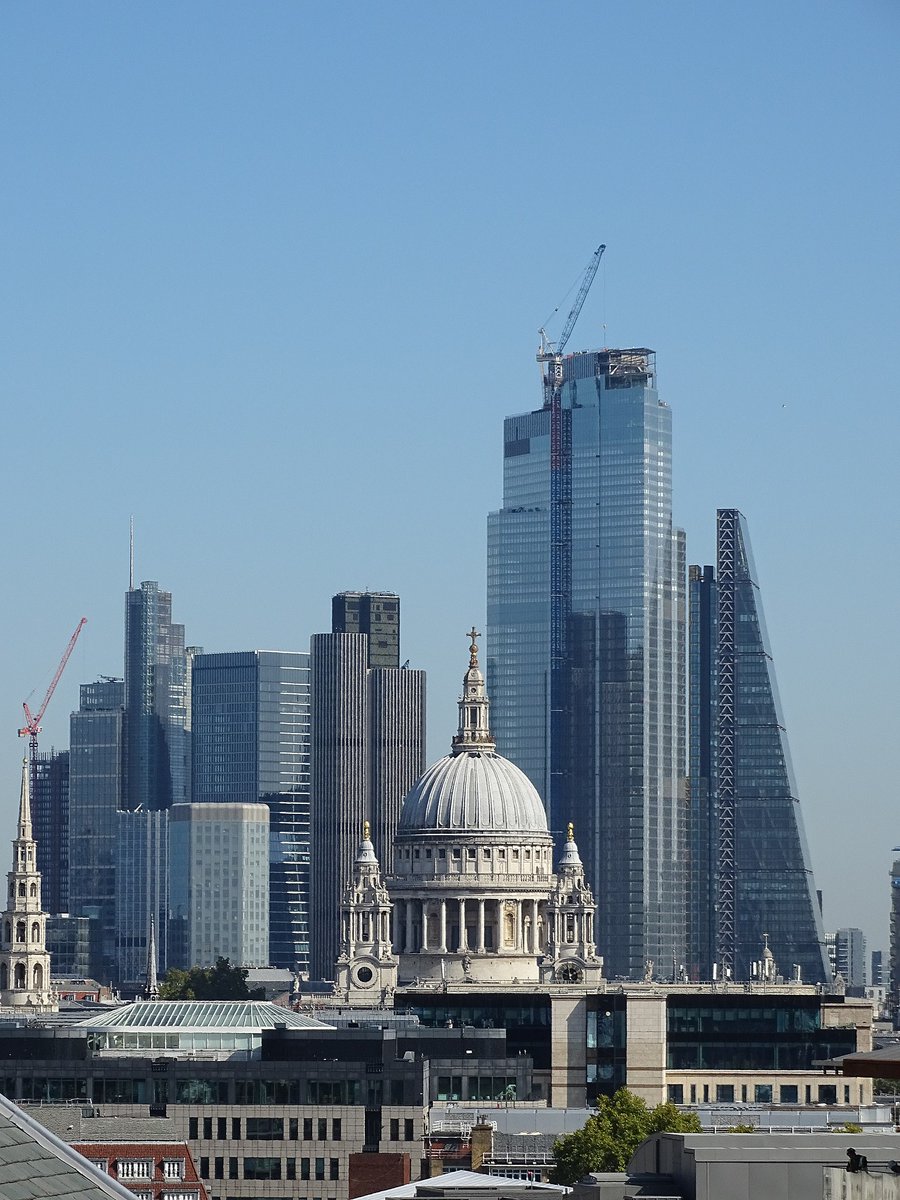
And you learn a lot from a society's biggest buildings.
Why? Because it is expensive and difficult to build big things.
Therefore either people need to agree it is important we build that particularly big thing, or somebody powerful has to want it done.
Why? Because it is expensive and difficult to build big things.
Therefore either people need to agree it is important we build that particularly big thing, or somebody powerful has to want it done.
The Pyramids, despite being more than 4,000 years old, are still unbelievably large.
But the point is this: their very size speaks to the importance and power of the semi-divine Pharaohs, for whom the pyramids were built as tombs.
But the point is this: their very size speaks to the importance and power of the semi-divine Pharaohs, for whom the pyramids were built as tombs.

For most of human history it is religious sites — cathedrals, mosques, temples — that have been our largest buildings.
That these were fundamentally religious societies is clear, otherwise such buildings would not have been so large.
A simple deduction, but vitally true.
That these were fundamentally religious societies is clear, otherwise such buildings would not have been so large.
A simple deduction, but vitally true.

You can argue that the size of cathedrals indicates that the Church as an institution was wealthy and powerful.
But still, places of worship were considered most important, and thus they were the largest and most expensive buildings by far.
But still, places of worship were considered most important, and thus they were the largest and most expensive buildings by far.

But times changed.
With the rise of nation states it was civic buildings that took precedence — libraries, universities, and assemblies, to replace royal and imperial palaces.
The rise of democracy is evidenced by the size of the buildings where democracy was transacted.
With the rise of nation states it was civic buildings that took precedence — libraries, universities, and assemblies, to replace royal and imperial palaces.
The rise of democracy is evidenced by the size of the buildings where democracy was transacted.

And with the Industrial Revolution infrastructure also grew.
The Romans had built viaducts and the Persians had built roads, but nothing compared in scale or complexity to something like the Forth Bridge in Scotland, an iron behemoth built in 1882.
An Industrial World.
The Romans had built viaducts and the Persians had built roads, but nothing compared in scale or complexity to something like the Forth Bridge in Scotland, an iron behemoth built in 1882.
An Industrial World.

So what do our biggest buildings say about us?
Above all, perhaps, that we live in a consumerist society; many of our biggest buildings are factories now.
Power has shifted, and making products for consumers is now more important than building palaces or tombs for rulers.
Above all, perhaps, that we live in a consumerist society; many of our biggest buildings are factories now.
Power has shifted, and making products for consumers is now more important than building palaces or tombs for rulers.

Then we have the warehouses, where goods are brought in, sorted, stored, and sent out.
The eleventh largest building in the world by volume is this, the Tesco Donabate Distribution Centre in Ireland.
The eleventh largest building in the world by volume is this, the Tesco Donabate Distribution Centre in Ireland.
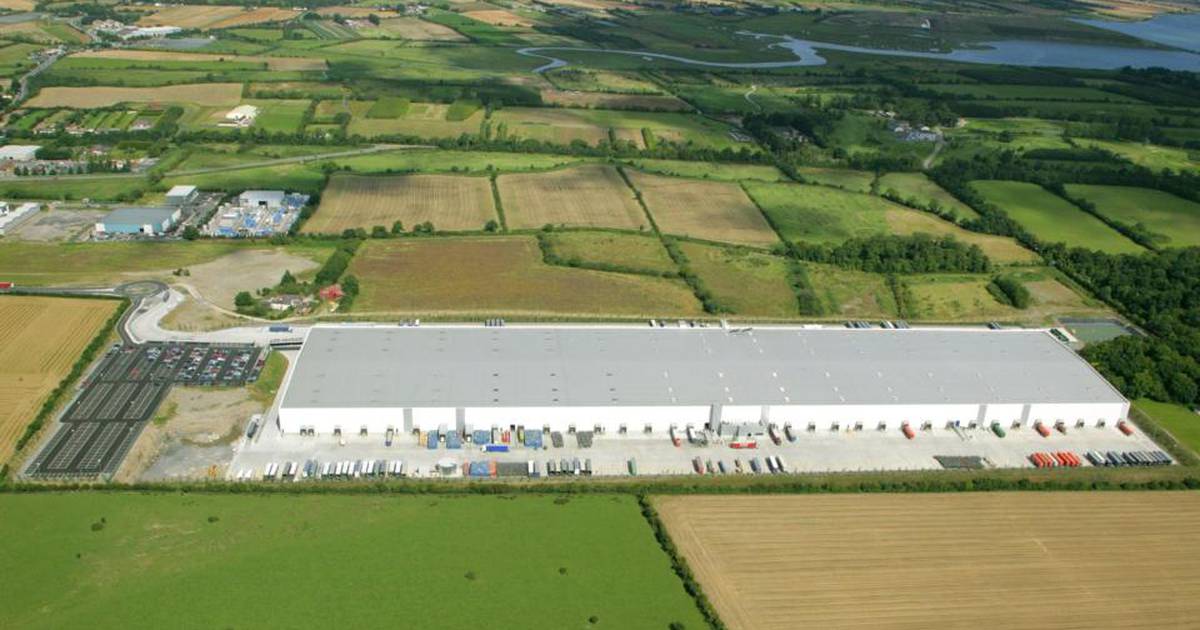
And then the malls where we buy those goods, along with other forms of entertainment and consumption.
The Iran Mall in Tehran is the world's largest mall, with a floorspace of nearly 1.5 million square metres.
The Iran Mall in Tehran is the world's largest mall, with a floorspace of nearly 1.5 million square metres.

Nor can we forget stadiums, where we go to watch sports and concerts.
The Greeks and Romans had stadiums too; even by modern standards the Coliseum is a major venue.
But there are more stadiums now than ever before, by a long way, and many of them are veritable megastructures.
The Greeks and Romans had stadiums too; even by modern standards the Coliseum is a major venue.
But there are more stadiums now than ever before, by a long way, and many of them are veritable megastructures.

Airports are also mind-bafflingly big.
Again, this is something we accept as given, as obvious, but in the past "airports" didn't even exist.
We travel more than any society in history, and also *believe* travel is more important; airports are evidence of that.
Again, this is something we accept as given, as obvious, but in the past "airports" didn't even exist.
We travel more than any society in history, and also *believe* travel is more important; airports are evidence of that.

And then there are offices, where so much of the business of the world is done.
Once upon a time people either worked in the fields or made things.
Now people have desk jobs, and for desk jobs we need offices — a bureaucratic rather than an agricultural world.
Once upon a time people either worked in the fields or made things.
Now people have desk jobs, and for desk jobs we need offices — a bureaucratic rather than an agricultural world.

And, behind all of this consumerist and bureaucratic architecture, we have the industrial infrastructure required to keep it running.
The Three Gorges Dam in China may be a leviathan, but our world is filled with towering pylons and sprawling power stations.
The Three Gorges Dam in China may be a leviathan, but our world is filled with towering pylons and sprawling power stations.

Along with the communication and cell towers we need to keep our world connected.
Once upon a time the concept of a "communication tower" did not even exist, but now they are ubiquitous and — more significantly — necessary.
Can we conceive of a world without phones?
Once upon a time the concept of a "communication tower" did not even exist, but now they are ubiquitous and — more significantly — necessary.
Can we conceive of a world without phones?

This may all sound obvious, but it's always important to look at our fundamental assumptions.
We wouldn't have built these things if we didn't think they were important — and what you think is important reveals how you think the world does (or at least should) work.
We wouldn't have built these things if we didn't think they were important — and what you think is important reveals how you think the world does (or at least should) work.
People sometimes wonder if we can no longer build those architectural wonders of the past.
We could — it's just that we don't want to.
Humanity will build whatever we think is most important, and right now that is hotels, offices, malls, and airports.
We could — it's just that we don't want to.
Humanity will build whatever we think is most important, and right now that is hotels, offices, malls, and airports.

• • •
Missing some Tweet in this thread? You can try to
force a refresh

















